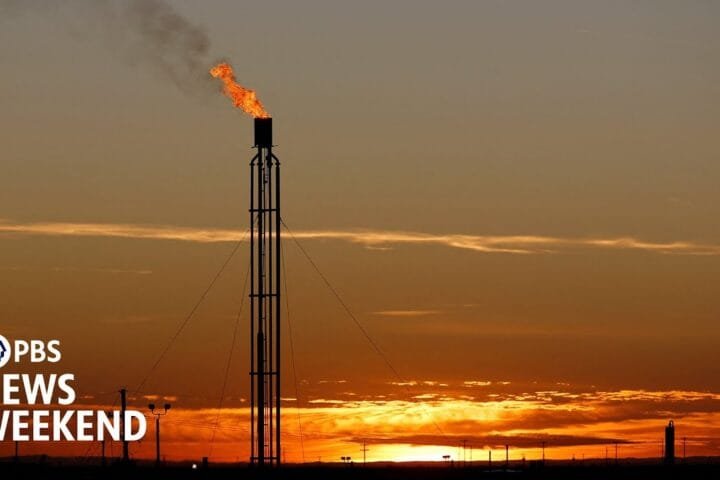Summary
Hurricane Helene, the strongest storm of the 2024 season, has been significantly influenced by climate change, which has made conditions for such storms 200-500 times more likely. Despite the storm’s historic impact, US media largely failed to connect Helene’s intensity to climate change, with only 3% of coverage mentioning it. This highlights a broader issue of media neglect regarding climate change’s role in severe weather events, further complicating public awareness and response.
Highlights – 🌪️
- Hurricane Helene’s Impact: The storm has caused unprecedented damage, making it one of the costliest in US history.
- Climate Change Connection: Climate change has contributed to Helene’s strength, making extreme weather events more likely.
- Media Coverage Gap: Only 3% of TV news segments linked Helene to climate change, reflecting a significant media oversight.
- Attribution Science: This new field quantifies how climate change increases the likelihood of extreme weather.
- Record Costs: Damage estimates range from $30 billion to $160 billion, with taxpayers likely footing the bill through FEMA.
Hurricane Helene has made its way through the southeast US as the strongest storm of the 2024 season and potentially the costliest storm ever recorded. But if you watch US media, you’d barely know that the true culprit behind Helene’s record-breaking strength is us – the climate change that we humans caused by burning fossil fuels.
Hurricane Helene spent the last week traveling through the Gulf of Mexico, eventually making landfall in Florida and leaving a swath of devastation as far north as Tennessee and North Carolina.
The storm was exceptional for its strength, but also for the high speed at which it traveled, reaching much farther inland than most storms.
In particular, one does not expect Asheville, North Carolina, over 400 miles from where Helene made landfall and nestled high in the Blue Ridge Mountains, to be vulnerable to hurricanes – and yet the “biblical devastation” seen there is readily apparent in photographs of the area, or in this story of a 7,000lb Rivian which was swept away (and yet, it still works).





